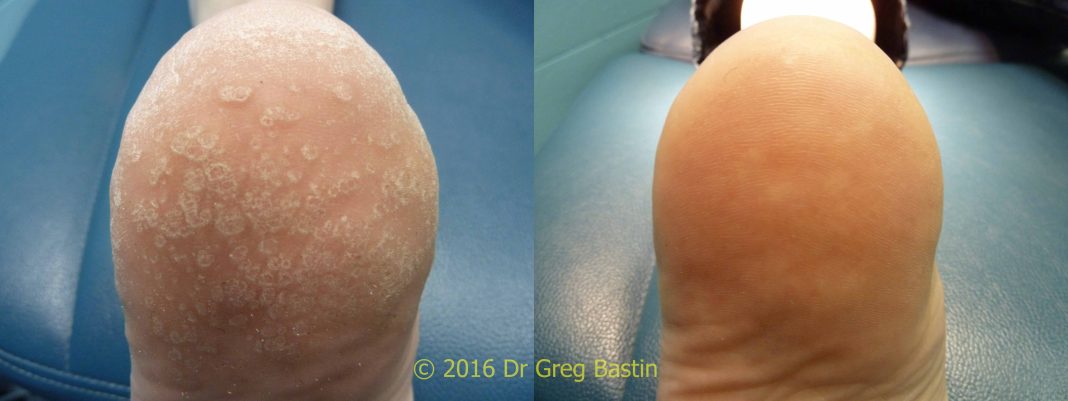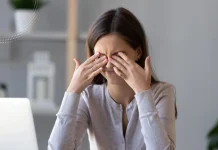Warts, those pesky and often unsightly growths on the skin, can be a source of discomfort and embarrassment. If you’ve been dealing with warts, you’re not alone. Warts are a common skin condition caused by the human papillomavirus (HPV), and they can appear on various parts of the body. In this comprehensive guide, we’ll demystify the process of wart removal, providing you with essential information and effective strategies to bid farewell to these unwelcome guests.
Understanding Warts
Before delving into wart removal methods, it’s crucial to understand the different types of warts and their characteristics. Common warts, plantar warts, flat warts, and filiform warts each have distinct features and may require specific approaches for removal. Knowing what you’re dealing with is the first step in finding the most suitable solution.
Over-the-Counter Treatments
For those seeking a convenient and accessible option for wart removal in Melbourne, over-the-counter (OTC) wart removal treatments are readily available. These often contain salicylic acid, which works by breaking down the wart tissue. Proper application and consistency are key to success with OTC treatments. Be sure to follow the instructions carefully and consult with a healthcare professional if you have any concerns.
Home Remedies
Many individuals opt for natural and home remedies to tackle warts. From duct tape to apple cider vinegar, the internet is rife with DIY solutions. While some people swear by these methods, it’s essential to approach them with caution. Scientific evidence supporting the efficacy of home remedies for wart removal is limited, and results may vary from person to person.
Cryotherapy
Cryotherapy involves freezing the wart using liquid nitrogen. This method is commonly performed by healthcare professionals and can also be administered through over-the-counter products. While cryotherapy is generally effective, it may cause discomfort during the freezing process, and multiple sessions might be required for complete removal.
Laser Therapy
For more stubborn warts, laser therapy is an option worth considering. This medical procedure uses focused light to destroy the blood vessels feeding the wart, causing it to wither and fall off. Laser therapy is typically performed by dermatologists and is reserved for cases where other methods have proven ineffective.
Surgical Removal
In cases of persistent or large warts, surgical removal may be recommended. This involves cutting or excising the wart under local anesthesia. While surgical removal is a quick and definitive solution, it may leave a scar, and recovery time can vary.
Seeking Professional Advice
Before embarking on any wart removal journey, it’s crucial to consult with a healthcare professional or dermatologist. They can accurately diagnose the type of wart and recommend the most suitable treatment based on your individual circumstances. Professional guidance ensures a safer and more effective approach to wart removal.
Conclusion
Wart removal doesn’t have to be a mysterious and daunting process. Armed with knowledge about the different types of warts and various removal methods, you can make informed decisions about how to bid farewell to these unwanted growths. Whether you choose over-the-counter treatments, home remedies, or seek professional assistance, taking a proactive approach to wart removal can restore your skin’s health and your confidence.










